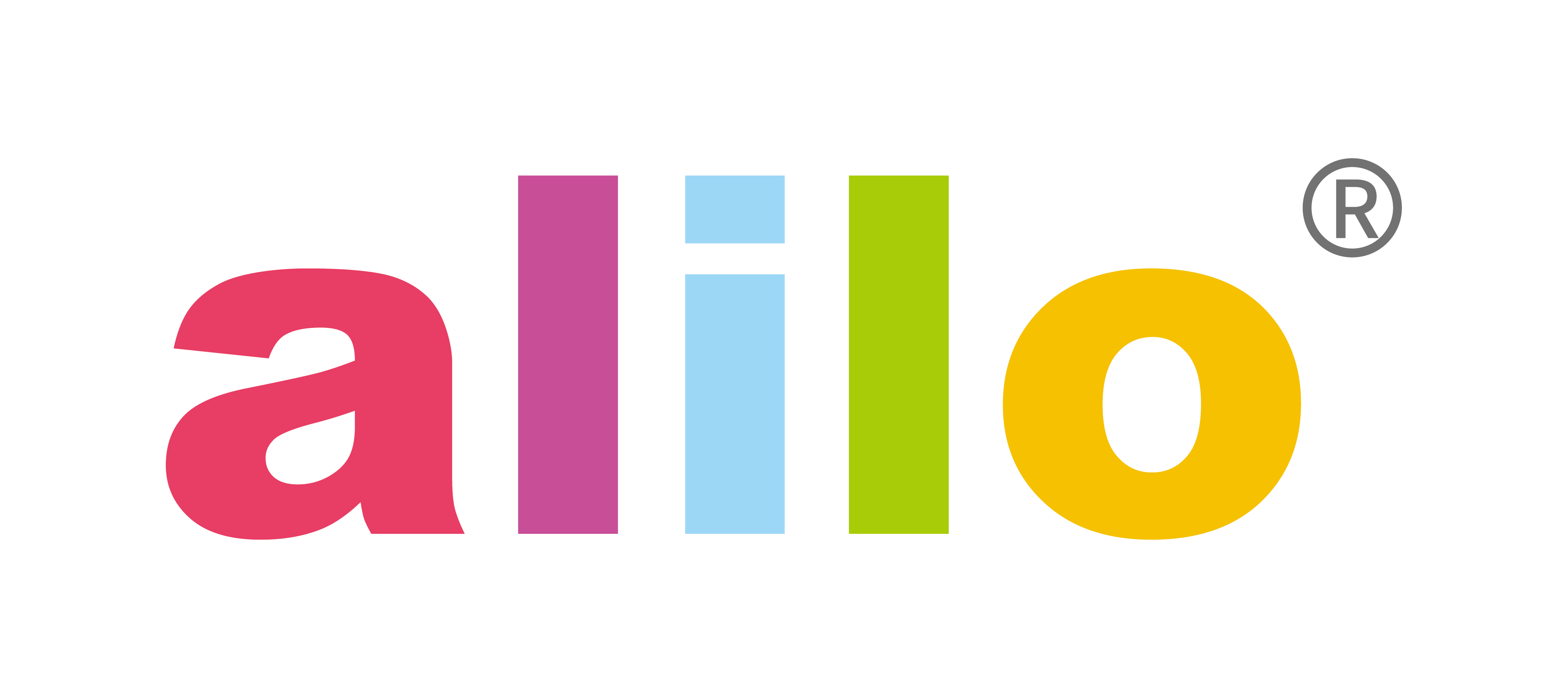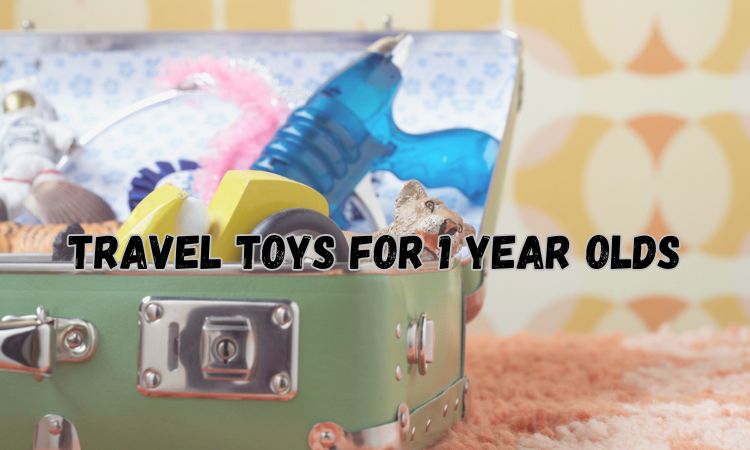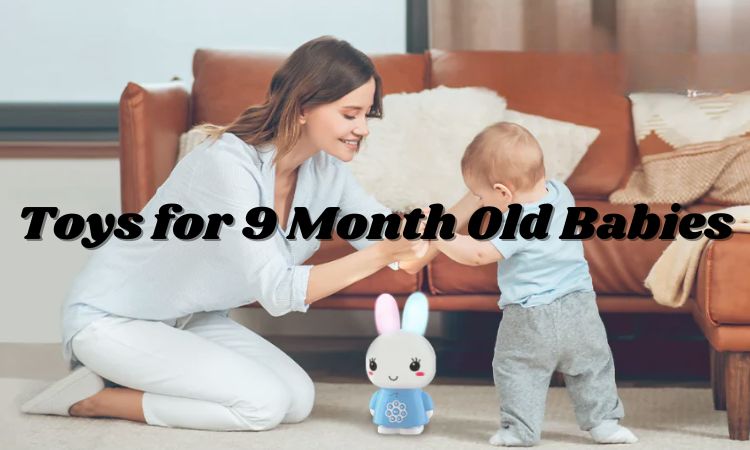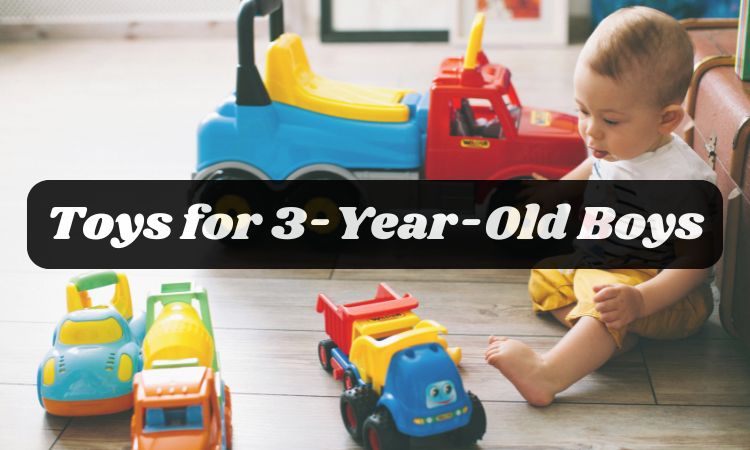When you’re getting ready for your baby’s arrival, one of the first questions you’ll face is what size diapers for newborn are best. Every baby is different, so not every diaper labeled “newborn” will be the right fit. Too big, and you’ll have leaks. Too small, and your baby will be uncomfortable.
But don’t worry! In this guide, we’ll walk you through everything—from weight-based sizing charts and signs that a diaper isn’t fitting right to how many newborn diapers you’ll need—so you can feel confident in your diapering choices.

Baby Diaper Size Chart by Weight
When you’re wondering what are good diapers for newborns in terms of size, the most reliable way to find the right fit is by looking at the diaper size chart based on your baby’s weight. Diapers are typically sized according to weight ranges because babies come in all shapes and sizes. A diaper that fits well should comfortably hug your baby’s waist and legs without being too tight or too loose.
Here’s a breakdown of diaper sizes by weight to help you get started:
|
Diaper Size |
Weight Range |
Typical Age |
Average Number of Diapers Per Day |
|
Preemie |
Up to 6 lbs |
Premature infants |
10–12 |
|
Newborn (N) |
Up to 10 lbs |
Birth to ~1 month |
10–12 |
|
Size 1 |
8–14 lbs |
2–4 months |
8–10 |
|
Size 2 |
12–18 lbs |
4–7 months |
7–9 |
|
Size 3 |
16–28 lbs |
7–12 months |
6–8 |
|
Size 4 |
22–37 lbs |
18–48 months |
5–7 |
|
Size 5 |
27+ lbs |
3–4 years |
4–6 |
|
Size 6 |
35+ lbs |
4+ years |
4–6 |
|
Size 7 |
41+ lbs |
5+ years |
3–5 |
Note: These ranges can vary slightly between brands. Always check the packaging for specific guidelines.
What Size Diapers Do Newborns Wear?
If you’re wondering what are the best diapers for newborns in terms of size, the general rule is that most newborns will fit into Newborn (N) size diapers, which are designed for babies weighing between 6 and 10 lb. Typically, they’ll wear size N diapers for the first few weeks of life.
If your little one is born a bit larger or has gained weight rapidly, you might find that they’ll be ready for Size 1 diapers right away or before reaching the one-month mark. This is why it’s a good idea to have both Newborn (N) and Size 1 diapers on hand in the early days, so you can make the switch if needed.
If your baby is born prematurely or is smaller than 6 lbs, you may need to use Preemie size diapers. These diapers are designed specifically for tiny newborns and provide a snug fit while offering maximum absorbency and comfort for babies who are still very small.
Signs of Diapers Too Big or Too Small
Finding the right diaper size is essential to your baby’s comfort, and using a diaper that’s too big or too small can lead to discomfort, leaks, or even skin irritation. Here’s how to tell if the diaper your baby is wearing isn’t the right fit:
Signs the Diaper Is Too Small
- Red Marks: If you notice red marks around your baby’s waist or thighs after removing the diaper, it might be too tight.
- Frequent Leaks or Blowouts: A diaper that’s too small may not contain your baby’s waste properly, leading to leaks or blowouts.
- Difficulty Fastening Tabs: If you’re struggling to fasten the diaper tabs, or if they don’t reach the center of your baby’s waist, the diaper may be too small.
- Belly or Bum Showing: If your baby’s belly or bum is peeking out from the diaper, it’s a clear sign it’s too small.
- Visible Redness or Rash: A diaper that’s too tight can cause chafing, leading to redness or rash.
Signs the Diaper Is Too Big
- Sagging or Drooping: If the diaper sags or droops, even when not fully wet, it might be too big.
- Leaking Around the Waist or Legs: Diapers that are too big can also lead to leaks. If the diaper doesn’t fit snugly around your baby’s waist or legs, it can cause gaps where leaks can sneak out.
- Difficulty Securing Tabs: If the tabs overlap or don’t stay fastened, the diaper may be too large.
- Loose Fit: If the diaper feels loose and doesn’t stay in place, it’s likely too big.
How Should a Diaper Fit?
To check if your baby’s diaper fits well, look for three key things:
- It should sit snugly just below the belly button.
- It should completely cover your baby’s bottom.
- You should be able to comfortably fit two fingers inside the leg cuffs and under the waistband of the fastened diaper. This indicates the diaper is snug but not too tight.
When to Size Up Diapers
As your baby grows, their diaper needs will change. Here are some signs it’s time to move up to the next diaper size:
- Approaching Weight Limit: If your baby is nearing the upper end of the current diaper size’s weight range, it’s time to consider the next size.
- Frequent Leaks or Blowouts: If you’re experiencing more leaks or blowouts, it could indicate the diaper is too small.
- Red Marks or Rashes: If you notice persistent red marks around your baby’s legs or waist, this could be a sign that the diaper is too tight. Similarly, frequent diaper rashes may be caused by tight diapers that trap moisture too closely.
- Difficulty Fastening Tabs: If the diaper tabs are hard to fasten or don’t reach the center, it’s time to size up.
- Baby’s Growth Spurts: Babies grow quickly, and their diaper size needs can change rapidly. If your baby is showing signs of growth, it might be time for a new size.
How Many Newborn Diapers Do You Need?
Now that you have a clear idea of the right size, the next question is, how many of newborn diapers will you need?
On average, newborns go through about 8 to 12 diapers per day, especially in the first month. This means you’ll be changing your baby’s diaper every 2 to 3 hours, or more frequently if they have a bowel movement after each feeding.
Over the course of a month, this adds up to approximately 280 to 360 diapers. It’s a good idea to plan for this amount to ensure you have enough on hand.
While it’s tempting to stock up on newborn diapers, keep in mind that babies grow quickly. Many newborns outgrow this size within the first few weeks. Therefore, starting with about 2 to 3 packs (or 1 to 2 boxes, depending on the brand and packaging) should be sufficient.
If you receive diapers as gifts or purchase too many, keep the receipts. Many stores allow exchanges for different sizes if unopened
Bonus Tip: Keep Baby Calm During Diaper Changes
Diaper changes can sometimes be a bit of a challenge, especially when your baby is fussy or uncomfortable. Here’s a helpful tip: consider using the Alilo baby music player during diaper changes to help soothe your little one.
With 76 preloaded pieces of content, including classic nursery rhymes, bedtime stories, lullabies, and white noise, this cute, bunny-shaped Bluetooth speaker can create a calming atmosphere that helps make diaper time more peaceful.
The Alilo baby music player also lets you record your voice by simply pressing the recording button—so your baby can hear your soothing words even when you’re not in the room. Plus, it’s equipped with a rechargeable battery, auto sleep mode, and adjustable volume via the bunny tail knob.
You can easily customize and update the content, downloading your child’s favorite songs or stories. It’s an excellent tool for calming and comforting your baby during routine moments like diaper changes or bedtime.

Conclusion
So, what’s the takeaway when it comes to what size diapers for newborn babies? Start with weight as your guide, keep an eye on the fit, and trust your instincts—because no one knows your baby better than you do. And remember, it’s totally okay if you don’t get it right on the first try (babies have a way of growing faster than expected!). The right diaper size means fewer leaks, happier skin, and a more comfortable baby—which, let’s be real, also means a more relaxed you.
FAQs
What size diapers are best for newborns?
For most babies, Newborn (N) size diapers are the best choice right after birth. They’re designed for babies who weigh up to 10 lbs and offer a snug, gentle fit for tiny tummies and legs. If your baby is born smaller or earlier than expected, you may need Preemie size diapers. On the other hand, some bigger babies might start right in Size 1.
Can a newborn use size 1 diapers?
Yes, some newborns can wear Size 1 diapers, especially if they weigh more than 8 lbs at birth or grow quickly during the first week or two. Size 1 diapers usually fit babies from 8 to 14 lbs, so they’re a good backup to have on hand just in case your little one outgrows the newborn size sooner than expected.
How long will 200 diapers last a newborn?
Newborns typically go through 10 to 12 diapers a day, so a pack of 200 diapers will last about 2 to 3 weeks. It’s a good starting point, but you’ll likely need to restock soon—especially during those first few weeks when diaper changes seem never-ending!
How many size 0 diapers do I need?
Size 0, or Newborn (N) diapers, are generally suitable for babies up to 10 pounds. On average, newborns go through about 8 to 12 diapers a day, so in the first two weeks, you might need anywhere from 110 to 170 diapers. Since babies grow fast and may outgrow the newborn size sooner than expected, it’s a smart idea to start with 2 to 3 packs (around 140 diapers) and see how your baby fits and grows before buying more.







Share and get 5% off!
Simply share this product on one of the following social networks and you will unlock 15% off!